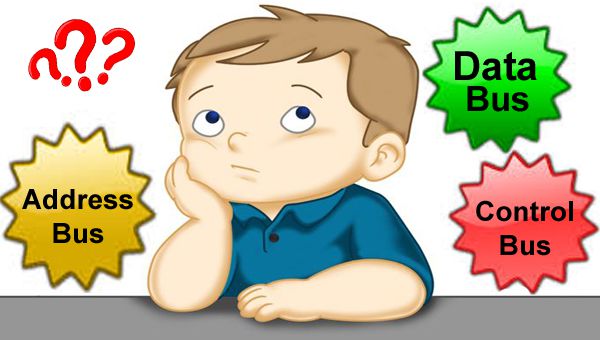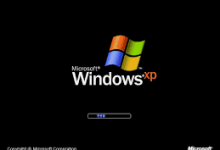computer
Difference between Address Bus, Control Bus and Data Bus
 the system bus can be divided into three major parts i.e, an address bus, a control bus, and a data bus. The major difference between Address Bus, Control Bus, and Data Bus is that the address bus identifies the source or destination of data, the data bus is used to carry data signals while the control bus controls the signals among devices.
the system bus can be divided into three major parts i.e, an address bus, a control bus, and a data bus. The major difference between Address Bus, Control Bus, and Data Bus is that the address bus identifies the source or destination of data, the data bus is used to carry data signals while the control bus controls the signals among devices.
Address Bus | Control Bus | Data Bus |
Definition | ||
| It is the connection between the CPU and the main memory. | It is the physical connection between the CPU and other devices in the computer. | It is a communication route through which data can travel between the computer’s CPU, memory, and peripherals. |
Purpose | ||
| It is used to identify particular locations in the main memory where data is stored. | It carries control information between the CPU and other devices within the computer. | Data can travel through the data bus between the computer’s CPU, memory, and peripherals. |
Working example | ||
| The number of bits in the address bus can determine the amount of memory, the CPU can address.in modern PCs, there are 36 address lines to access the 64 GB of main memory theoretically. | One line of the bus is used to indicate whether the CPU is currently reading from or writing to the main memory. | The number of wires determines the speed of data traveling. Each wire transmits a single bit at a time. So 8 bits bus can transfer 8 bits at a time. |
What is the Address Bus?
You May Also Like:





